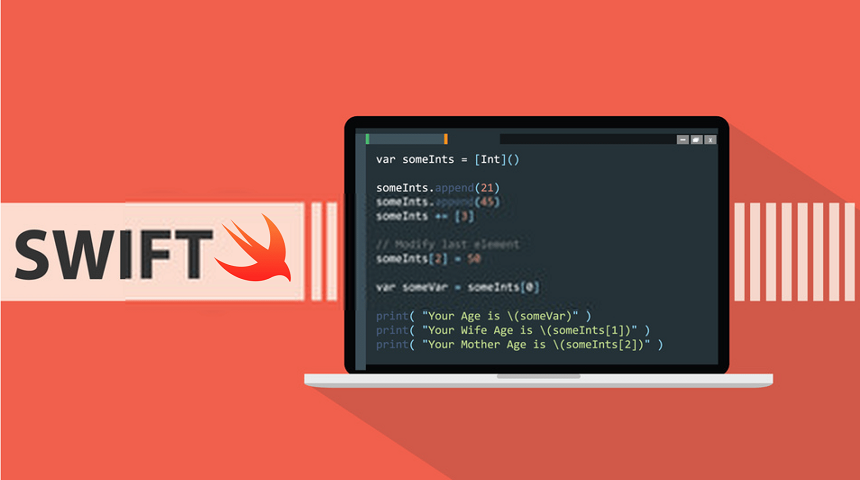
Free eBooks for Beginners
Design patterns are solutions to recurring problems that developers face in software development. Structural design patterns are a group of patterns that deal with the composition of classes and objects. In this article, we will look at structural design patterns in the Swift programming language for beginners.
Adapter Pattern: The adapter pattern is used to convert the interface of one class into another that the client expects. This pattern is useful when you want to use an existing class but its interface doesn’t match what you need. In Swift, you can create an adapter class that wraps the existing class and exposes a different interface.
Bridge Pattern: The bridge pattern is used to separate an abstraction from its implementation so that they can evolve independently. This pattern is useful when you have an abstraction that can have multiple implementations, and you want to change the implementation without affecting the client code. In Swift, you can use protocols to define the abstraction and structs or classes to implement the abstraction.
Composite Pattern: The composite pattern is used to treat individual objects and compositions of objects uniformly. This pattern is useful when you want to treat a group of objects in the same way as a single object. In Swift, you can use protocols to define the interface of a composite object and classes to implement the composite object.
Decorator Pattern: The decorator pattern is used to add behavior to an object dynamically. This pattern is useful when you want to add behavior to an object without changing its class. In Swift, you can use classes to implement the decorator pattern and protocols to define the behavior that can be added to an object.
Facade Pattern: The facade pattern is used to provide a simplified interface to a complex system. This pattern is useful when you want to hide the complexity of a system behind a simple interface. In Swift, you can use classes to implement the facade pattern and protocols to define the interface of the system.
Flyweight Pattern: The flyweight pattern is used to reduce the memory usage of an application by sharing objects that have the same state. This pattern is useful when you have many objects with the same state, and you want to minimize the memory usage of the application. In Swift, you can use structs to implement the flyweight pattern because structs are passed by value instead of reference.
Proxy Pattern: The proxy pattern is used to provide a surrogate or placeholder object for another object to control access to it. This pattern is useful when you want to control access to an object, for example, to delay its creation or to add security checks. In Swift, you can use classes to implement the proxy pattern and protocols to define the interface of the object that the proxy represents.
In conclusion, structural design patterns are a powerful tool for solving common problems in software development. Understanding these patterns will help you write better and more maintainable code in Swift. Whether you are a beginner or an experienced developer, learning these patterns will improve your skills and make you a better software engineer.
Cookbook – SWIFT for Beginners – Chapter 53: Design Patterns – Structural
 Loading...
Loading...
Disclaimer: The information and code presented within this recipe/tutorial is only for educational and coaching purposes for beginners and developers. Anyone can practice and apply the recipe/tutorial presented here, but the reader is taking full responsibility for his/her actions. The author (content curator) of this recipe (code / program) has made every effort to ensure the accuracy of the information was correct at time of publication. The author (content curator) does not assume and hereby disclaims any liability to any party for any loss, damage, or disruption caused by errors or omissions, whether such errors or omissions result from accident, negligence, or any other cause. The information presented here could also be found in public knowledge domains.